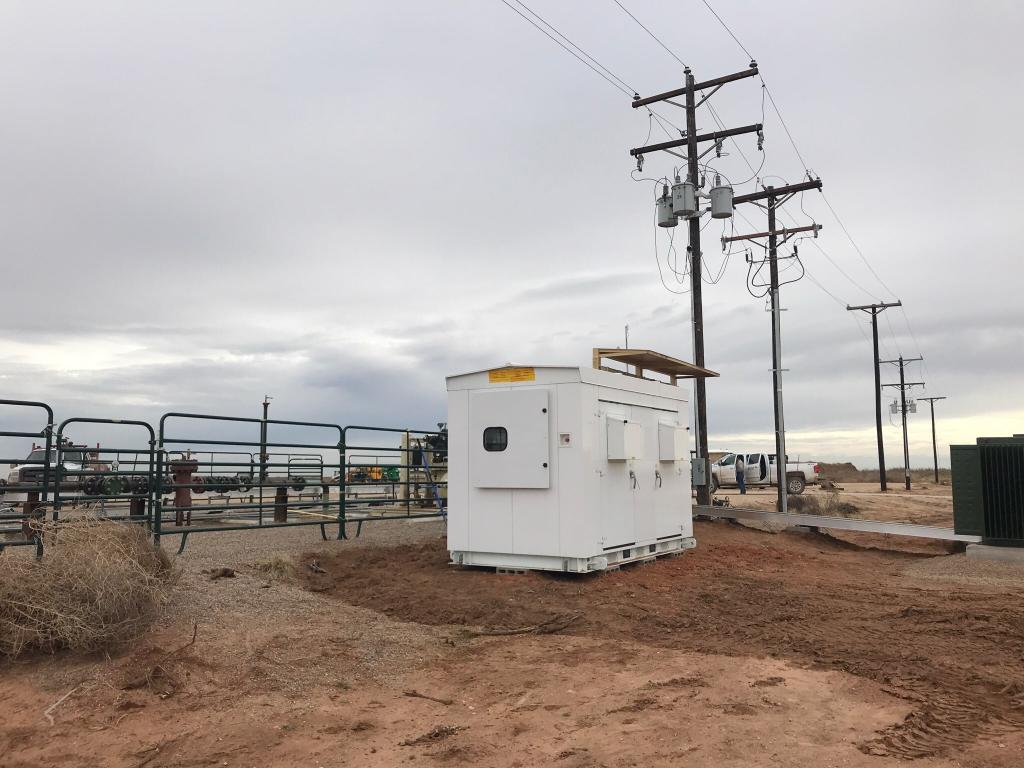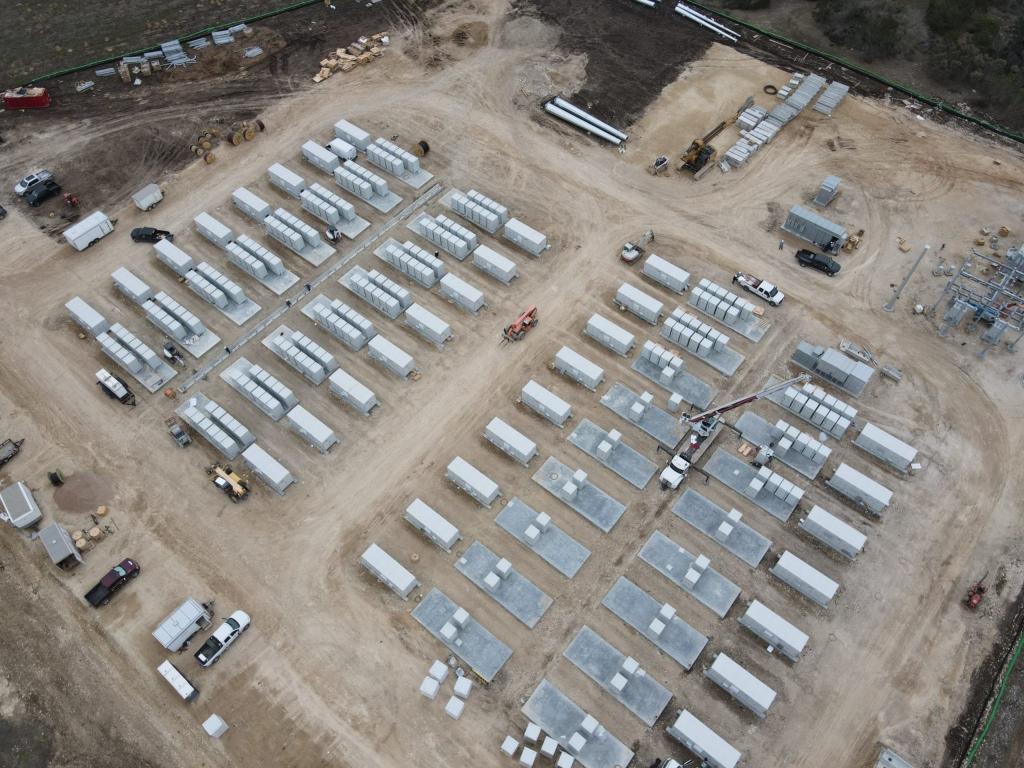Battery Storage EMS
Large-scale deployments of BESS are already underway, with the notable involvement of FlexGen company in a project aiming to establish a BESS capacity of six GWh in due course. A different United States-based company, involved in various industries including energy, has already exceeded that milestone by achieving 6.5 gigawatt-hours (GWh) in deployments of battery energy storage systems (BESS) in the year 2022. A significant portion of the current influx of funding towards BESS is being allocated to services aimed at enhancing the flexibility of energy providers, such as firm frequency response. Over time, the main source of BESS (Battery Energy Storage System) expansion will arise from the development of solar parks and wind farms, requiring batteries to manage their storage requirements for shorter durations.
Additionally, there are the tasks related to system integration, encompassing the comprehensive planning and creation of energy management systems and additional software to enhance the adaptability and utility of BESS. We anticipate these integrators to capture an additional 25 to 30 percent of the profit allocation accessible.
The BMS encompasses the HMI, which denotes the operational state of the BMS (such as charging, discharging, or idle), desired levels of real and reactive power, limits for state of charge (SOC), alarm information, and input from control parameters.


